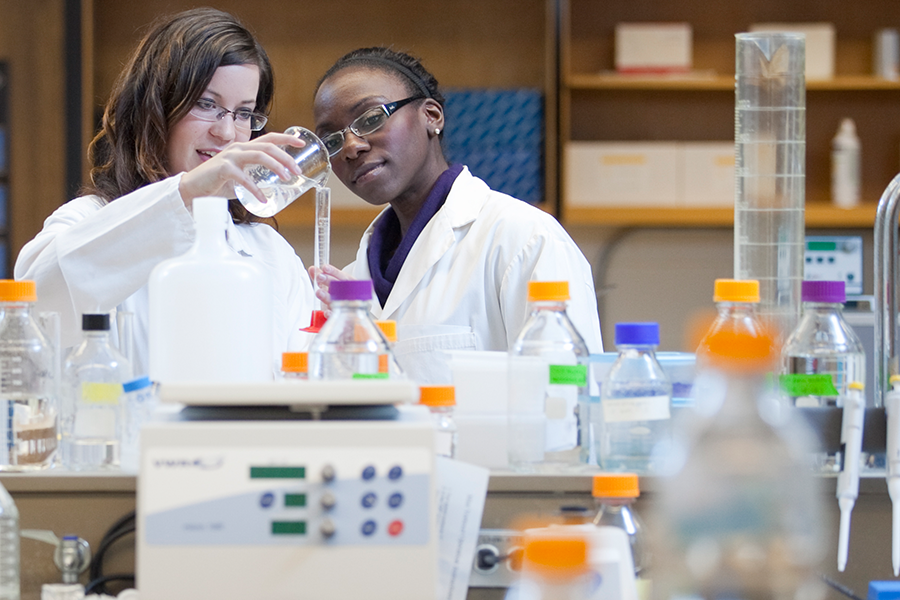
Health research gets boost
Two U of S research projects looking into nerve repair and cystic fibrosis have received a big boost with a total of $1.2 million in funding from the Canadian Institutes of Health Research (CIHR).
By HenryTye GlazebrookThe funding, awarded through the CIHR's 2015 Transitional Operating Grant Competition, will support research teams led by Valerie Verge and Juan Ianowski for five and three years, respectively.
"This major federal investment will advance understanding of both nerve regeneration following injury and cystic fibrosis, giving hope to the many people suffering from these debilitating conditions," said Karen Chad, U of S vice-president research. "I am thrilled that these outstanding researchers were successful in this tough national competition."
Verge, a professor in anatomy and cell biology in the College of Medicine and director of the Cameco MS Neuroscience Research Center at City Hospital in Saskatoon, has been awarded $852,825 in support of her research into unravelling the changes that must occur in damaged nerve cells for effective repair of peripheral nerves—the nerves that relay information between the brain, spinal cord and the rest of the body.

Valerie Verge
"Learning how to optimally manipulate the repair programs will improve peripheral nerve repair outcomes for Canadians and hopefully provide insights to ameliorate other neurological disorders," said Verge, adding that this continuing funding from CIHR will bring the research a step closer to new treatments for debilitating nerve injuries.
Verge's collaborators on this CIHR grant include U of S researchers Vikram Misra and Sean Mulligan, as well as colleagues at other universities and many of Verge's graduate students, technicians and undergraduate students.
Ianowski, assistant professor in physiology, was awarded $335,655 in funding toward his work on cystic fibrosis, the most common fatal genetic disease affecting young Canadians.

Juan Ianowski
Ianowski, with co-investigators John Gordon, John Gjevre, Veronica Campanucci and Dean Chapman, aims to assess the well-established, but never before directly tested, hypotheses that infection of the airways drives cystic fibrosis, and whether abnormal fluid and mucin secretion can trigger an airway response to bacteria.
Using the Biomedical Imaging and Therapy beamline at the Canadian Light Source synchrotron, Ianowski said he hopes to "help close the gap in the medical understanding of cystic fibrosis and ease the development of new and effective treatments."
"Having Canada's only synchrotron on our campus is a great advantage for our researchers, not just in medicine but in a wide variety of areas where cutting-edge imaging can lead to discoveries with impact," said Chad.

